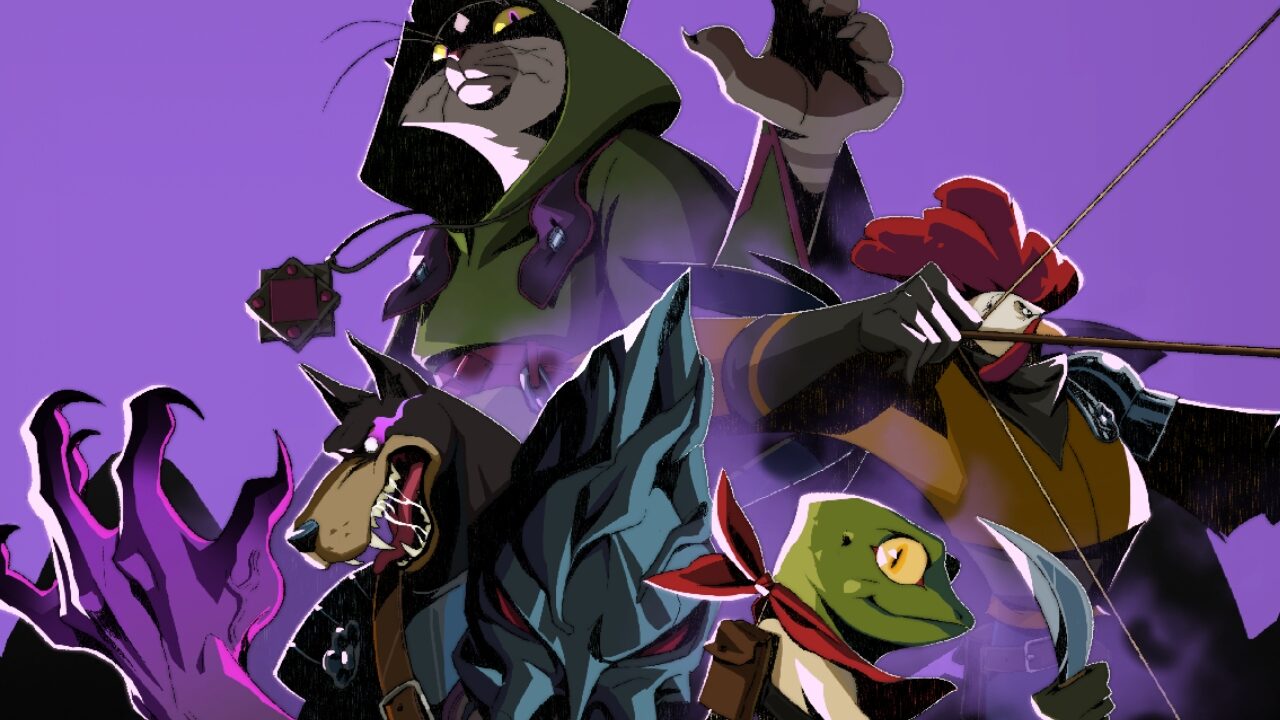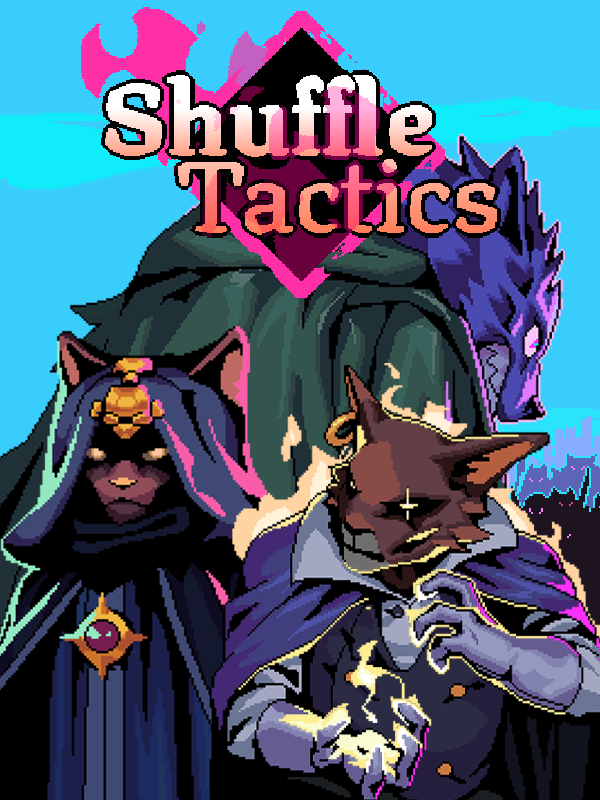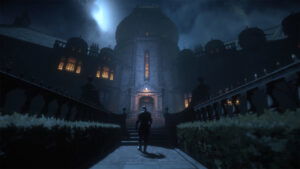Jumping into Shuffle Tactics had me considering the genre as a whole. When you think of deckbuilding roguelikes that utilize branching map navigation between shops, minor encounters, and elite encounters, all culminating with a boss battle before moving onto another map, quite a few games come to mind. Honestly, ever since Slay the Spire came out back in 2017, it feels like a third of all games have aped that exact formula with some tweaks, to varied success. If you want Slay the Spire meets Peggle, there’s Peglin. For Slay the Spire meets Mega Man Battle Network, there’s One Step from Eden, and now, if you want Slay the Spire meets Final Fantasy Tactics, there’s Shuffle Tactics.
None of that should be taken as an insult, mind you. Shuffle Tactics takes some well-worn mechanics, shines them up, and executes them in fun and interesting ways. Each stage opens with a mess of dudes on a map, cut up into a grid, and some objective: kill all the dudes, take out the boss, things like that. Players move their characters and spend action points on cards to punch the various baddies and defend against their machinations. Generally, Shuffle Tactics is what you expect the game to be, but man, do I love the execution.
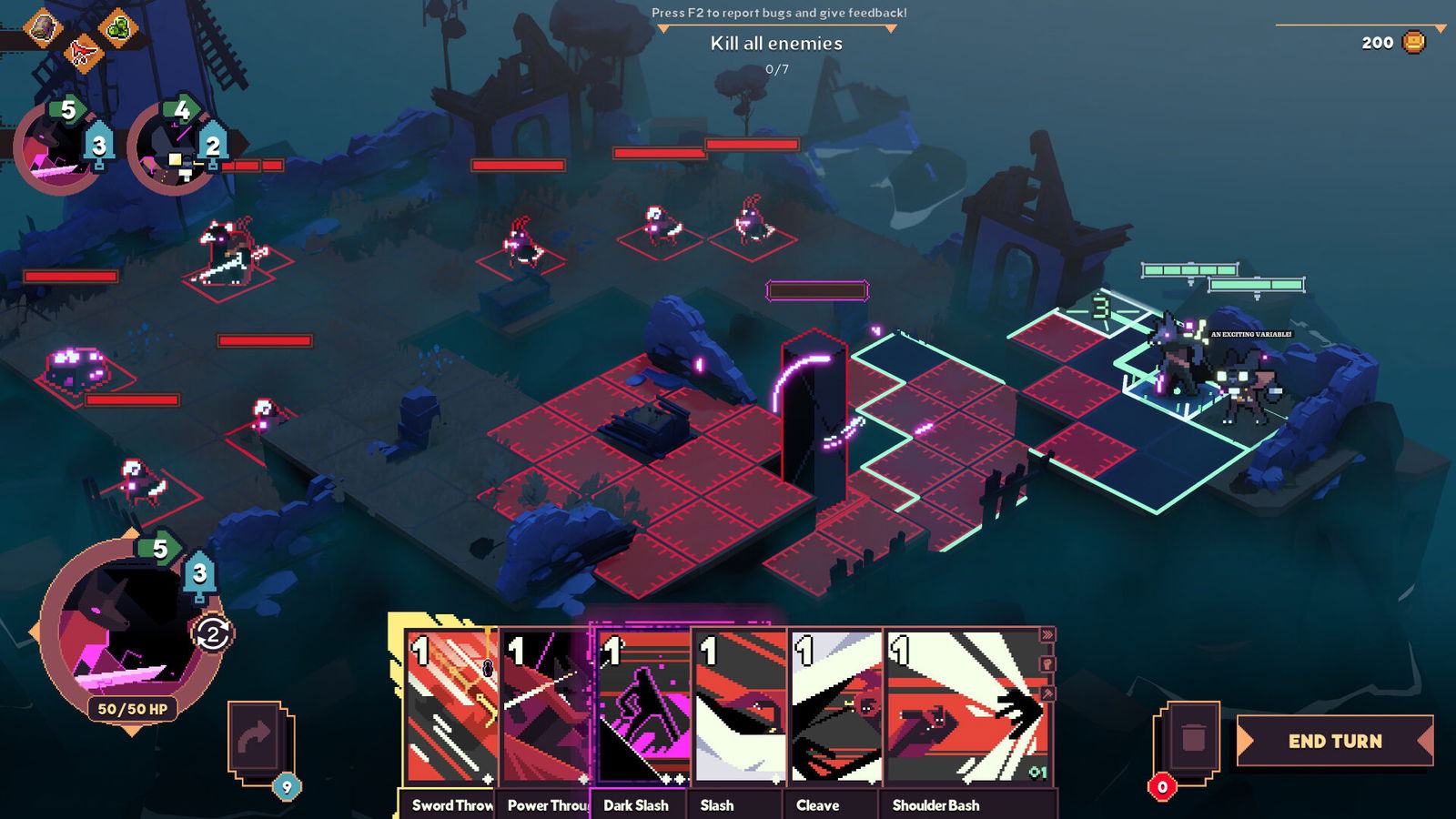
Even basic attacks feel impactful, and there are always a plethora of low health minions on the board just begging to get walloped. When any mob gets taken out, they are accompanied by a stylish screen flash, making cleaning up minions and felling a powerful foe downright addictive. Players will, eventually, be given the choice between three characters, each with different specialties and loadouts. In the beginning, only the strong Doberknight is unlocked, a mad melee beast with a penchant for throwing its sword. After a while, players will also have access to an archer with ricocheting arrows or devious turrets, and a mysterious magic user.
“Generally, Shuffle Tactics is what you expect the game to be, but man, do I love the execution.”
Where Shuffle Tactics really shines is how it empowers the player to make their character’s combat decks their own through play. After each encounter, players will be rewarded with a litany of doodads with which they can improve things. As with any deckbuilder, there will frequently be options to add or remove cards from their deck, giving players plenty of room to hang themselves.
Furthermore, players may also get relics that impart larger, passive effects, or even items that can be equipped to specific cards to add new effects, such as poison or increased range. They won’t have to go it alone, however, as there are a plethora of recruitable sidekicks with their own decks, eager to join the fight under the player’s command.
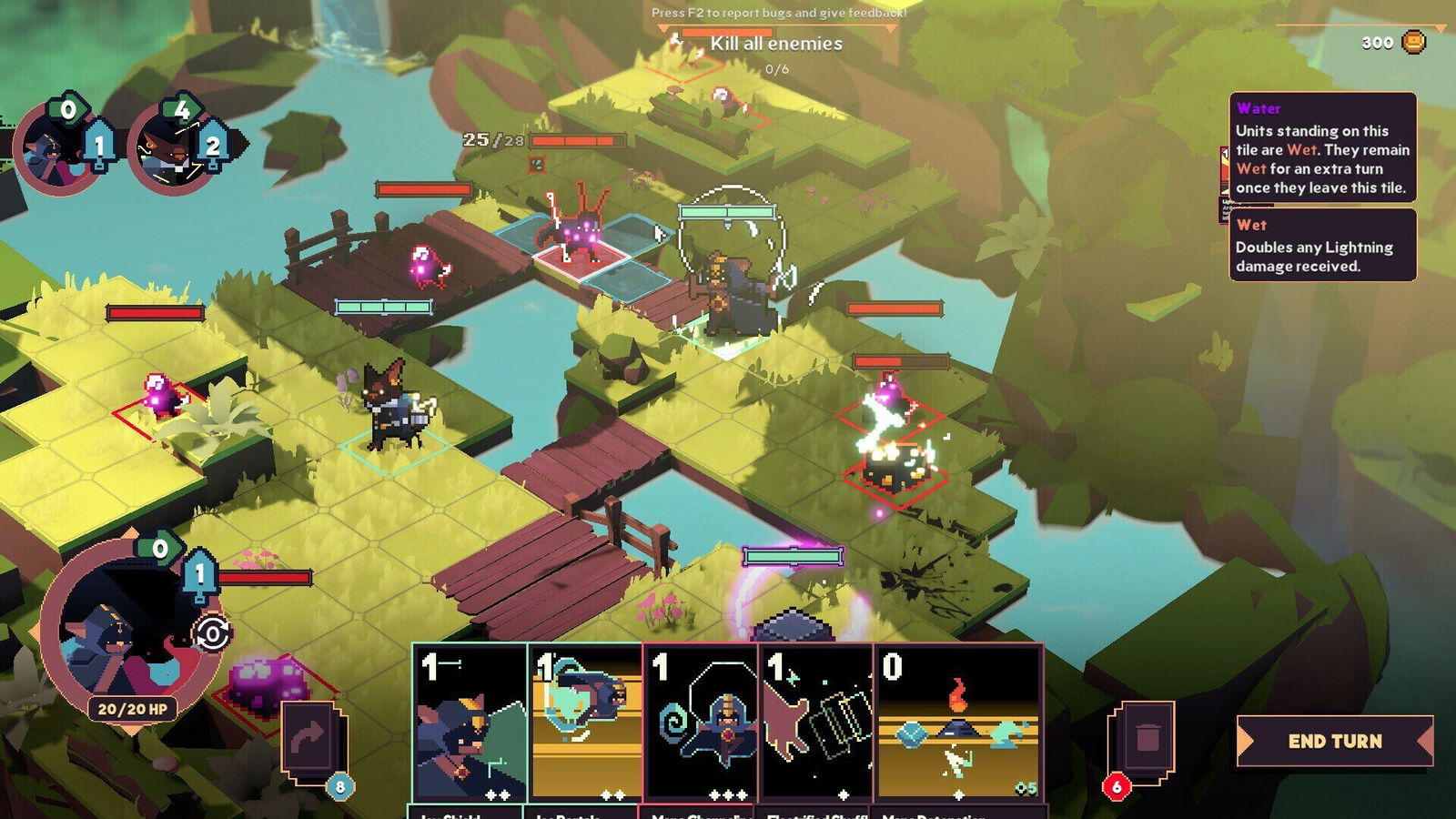
With all the bits and bobs, no two runs will ever really be the same, and that might be the best thing about Shuffle Tactics. However, with all these effects and possible upgrades, the game could really use more tutorialization. I enjoy an obtuse game and getting deep into some testy trial and error, but there are parts of the game that are completely unexplained and really should be. I went through several encounters before I learned how to control my intrepid sidekick, among other things.
Additionally, the game has some story, there’s a king, he’s gone mad, and some nasty stuff around gunking up the whole place. These things are more annoyances than real problems, though. Overall, Shuffle Tactics is a fun, thinky, deckbuilder that I’ll be happy to return to any time.
